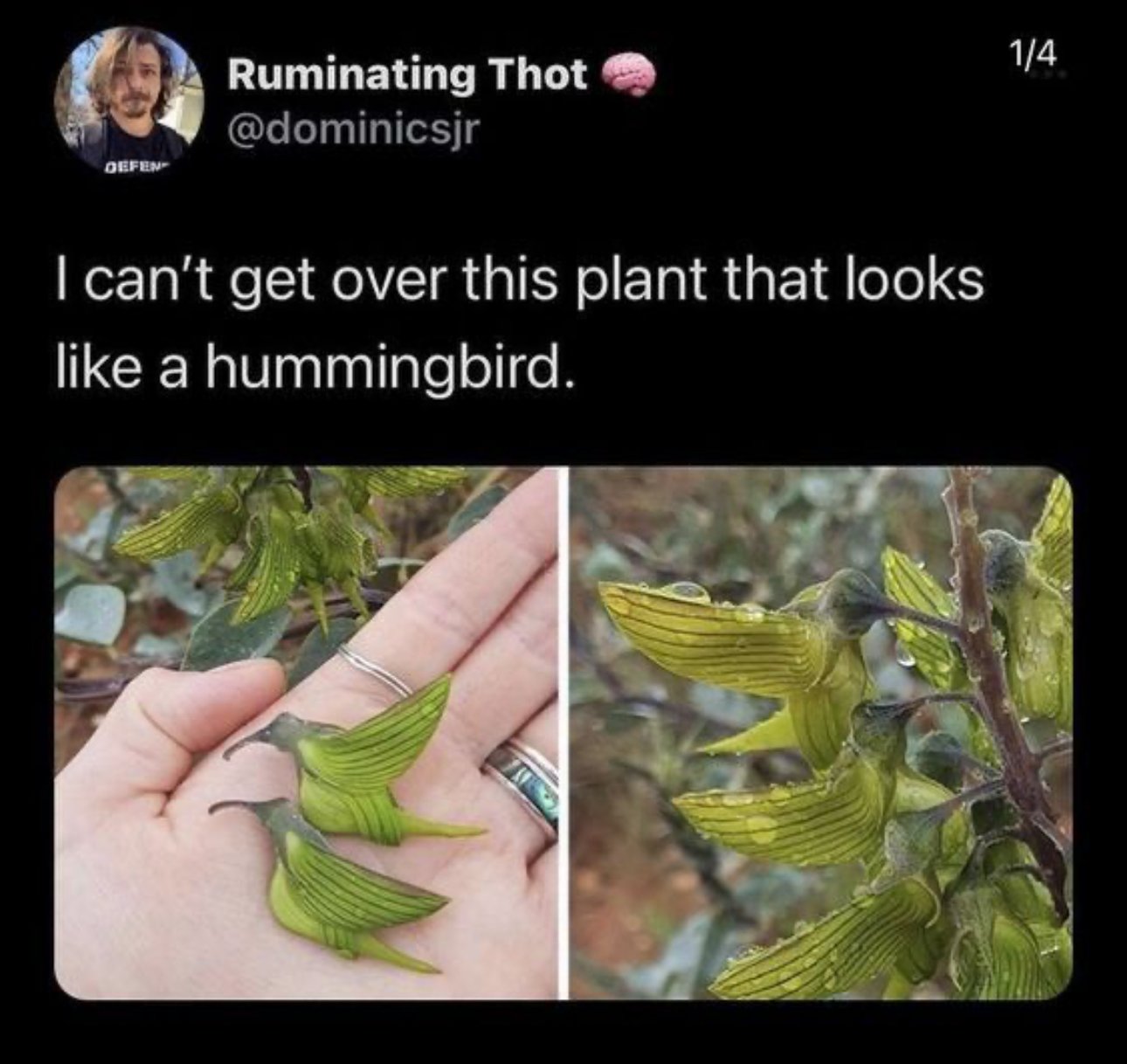this post was submitted on 07 Feb 2024
848 points (98.7% liked)
Mildly Interesting
17389 readers
156 users here now
This is for strictly mildly interesting material. If it's too interesting, it doesn't belong. If it's not interesting, it doesn't belong.
This is obviously an objective criteria, so the mods are always right. Or maybe mildly right? Ahh.. what do we know?
Just post some stuff and don't spam.
founded 1 year ago
MODERATORS
you are viewing a single comment's thread
view the rest of the comments
view the rest of the comments

https://en.wikipedia.org/wiki/Crotalaria_cunninghamii
Wonderful. Absolutely wonderful to go on the internet and see some good fuckin plant facts. I couldn’t be happier with this place.
https://en.m.wikipedia.org/wiki/Dracula_simia
Another cool thing about the plant from that page:
TL;DR: Can be found in Australia.